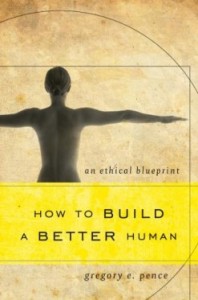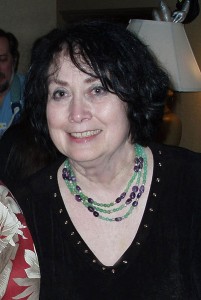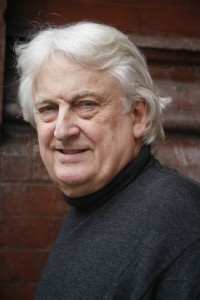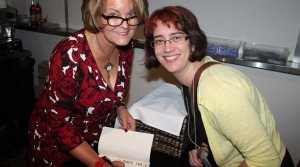 How to Build a Better Human: an Ethical Blueprint
How to Build a Better Human: an Ethical Blueprint
By Gregory E. Pence (2012), Rowman & Littlefield
This review was originally published in COSMOS Magazine, issue 50.
Stay calm – the brave new world of post-humanism is further away than you think.
That’s the take-home message of Gregory Pence’s excellent guide to the ethics of human modification.
Pence’s approach is best summarised as pragmatic philosophy, if such a tautology can be forgiven. Rather than speculate about near-impossible hypotheticals, he focusses on what can be (and is) done now, or might be in the near future. As such, a great deal of the book is taken up with deconstructing the ‘slippery slope’ arguments against pharmaceutical, surgical and genetic augmentation.
In a conversational, easy-to-read tone, he cautions against “comic book stereotypes” and begs for nuance in the debate about what we should and shouldn’t do to better ourselves. He dismantles the protests of Alarmists and the fantasies of Enthusiasts (his capitals), arguing for a commonsense approach in place of either extreme.
After running through the viable techniques for enhancing adults, children and embryos, Pence offers practical suggestions for scientists, politicians and anyone else who’s interested. Clocking in under 200 pages, the broad appeal of How to Build a Better Human is impressive: experts, futurists and casual readers might not agree with everything Pence says, but they’ll enjoy the journey regardless.
 This interview was originally published in COSMOS Magazine, issue 50.
This interview was originally published in COSMOS Magazine, issue 50.

